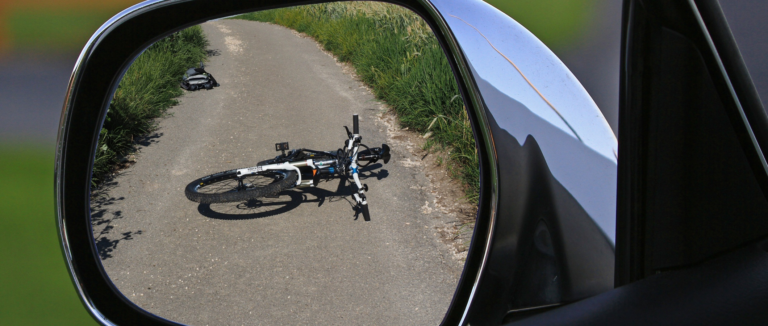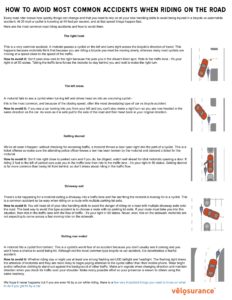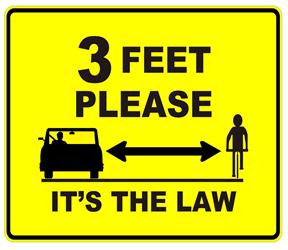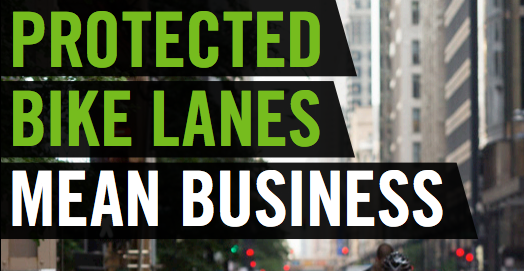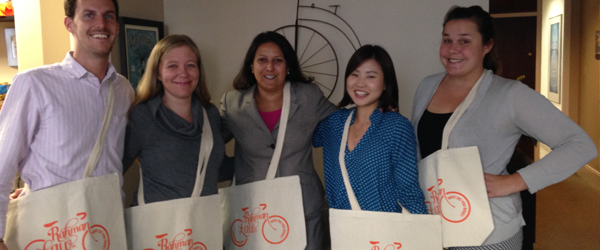
Every month of our calendar year is full of so many nationally recognized days, weeks, and months that the honorable ones (the Friday before Mother’s Day is National Military Spouse Appreciation Day) get a bit diluted behind the amassment of others (I would like to know how May 3rd became National Lumpy Rug Day – seriously?). However, May is a month near and dear to us here at Rahman Law because May is National Bike Month 2017!
See, we are more than just Paso Robles and San Francisco bicycle accident attorneys here at Rahman Law PC because we ride, too. And we advocate, which is why National Bike Month is exciting for us. Each Year, National Bike Month is a little different because it isn’t only about bicycle safety or bicycle commuting advocacy, it is meant to be about all things bicycle-related for children and adults, commuters and weekend-warriors.
Why National Bike Month is important:
A 2013 survey by SLOCOG in San Luis Obispo County showed only 26% of the population as uninterested in riding a bicycle (it was noted this percentage increased by age demographic), yet do you see the other 74% out there on bikes? No. The next 28% from the survey were interested but uncomfortable with traffic speeds and volume so they need bicycle paths and roads with wide bike lanes. In a place more urban like San Francisco, this group will have a harder time feeling safe. National Bike Month is about awareness for riders of all interest levels to enhance the enjoyment of riding along with the advocacy for change to make it possible for all ability levels to ride safely.
Here are some of the things going on this May in National Bike Month 2017:
- San Francisco Bicycle Coalition’s Month-long Events (including family rides, a rally, happy hours, and more!) : All May Long
- Bike to Work Day in San Francisco : May 11th
- Women’s Nights @ The Bike Kitchen in San Luis Obispo : Thursdays
- Gals with Gears Golden Gate Park to Ocean Beach and Back : May 14th
- Great Western Bicycle Rally in Paso Robles : May 26-29th
There are many more events going on in your area to celebrate National Bike Month 2017; it’s just a matter of getting connected to your local bicycle advocacy and/or riding group. You can join this community on Google+ or look for a group on Facebook or Meetup that is closer to you. Remember to wear your helmet and be safe, then get out there are ride!

